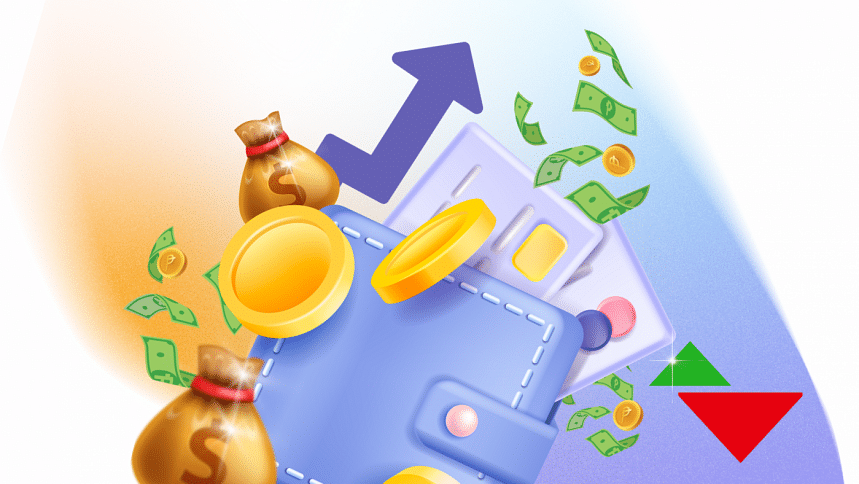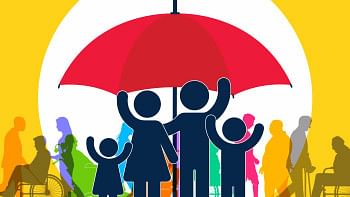Recovering a sunk cost

I
Opportunity cost and sunk cost are one of the first two concepts covered in Economics. Although opportunity cost is discussed in detail, sunk cost becomes a footnote. Years after leaving the university classroom as a student, and graduating from the University of Life, from a philosophical point of view, I regret leaving sunk cost as a footnote in my classrooms.
Ever since people have been able to think, they have asked two questions. What are the conditions for making a decision? What are the consequences after making a decision? Elementary economics addresses the first question through opportunity cost. The discipline talks about the second through sunk cost.
Let us start with an example.
II
A young person has to make a choice between studying A, B, or C in the university. It is not possible to study all three because there is scarcity of time and space. What can the person do?
The person ranks their preferences. This ranking is a personal choice. The person thinks of the costs and benefits of each choice. Ranking is made to separate the best from the better and the good in this set of three choices.
The person finally reaches the ranking: B over A; over C. Based on information available at the time of making the decision, the person chooses option B.
What is the opportunity choice here? The cost of choosing opportunity B was to sacrifice the next best alternative, that is, option A.
After the decision of choosing B, the young person cannot go back. Options A and C that were not chosen at the time are now lost. This is the sunk cost.
Elementary economics leaves sunk cost here with the conclusion that options A and C are not recoverable. They no longer exist.
In reality, each decision has a consequence. Sunk costs are important. We need to be prepared with a back-up plan.
III
An undergraduate programme is eight semesters, or four years. The choice, when the decision was made, was the best at the time. However, it may not be the best choice over time.
Let us now consider a scenario. Think about yourself, or somebody you know in a similar situation.
After the first two semesters, our young person did not do well. The CGPA is not one that will sustain in the job market. Raising the CGPA would be almost impossible. A new decision has to be made.
Does the person choose another subject, another university, or an alternative career? Many young people face this dilemma in the middle of an undergraduate programme, or somewhere else in life.
We will never know the actual outcome of a decision. However, we can make a calculated decision, thinking about what sunk costs could be recovered if the decision goes wrong.
Time for another scenario.
At the end of the first year, our young person realises the oasis has dried up. It is time to find another oasis in the middle of another desert. Our young person decides to switch to another career. It is option D that was not in the first choice of A, B and C.
IV
The years between the ages of 18 and 24 is probably the most important time of our lives. What we do during this time has a huge influence on the rest of our lives. The dilemma is that during this time, we are prone to making mistakes and blowing up opportunities.
When we realise we have entered a situation due to a bad decision, the sooner we can make an effort to get out, the better. This applies to other areas in life. A sunk cost can be recovered before it is too late. If we include contingencies in decision-making, chances are, we can switch or adapt if something does not go as planned. The more you think, the better prepared you will be when making another major decision later in life.
Asrar Chowdhury is a Professor of Economics at Jahangirnagar University.

 For all latest news, follow The Daily Star's Google News channel.
For all latest news, follow The Daily Star's Google News channel. 









Comments